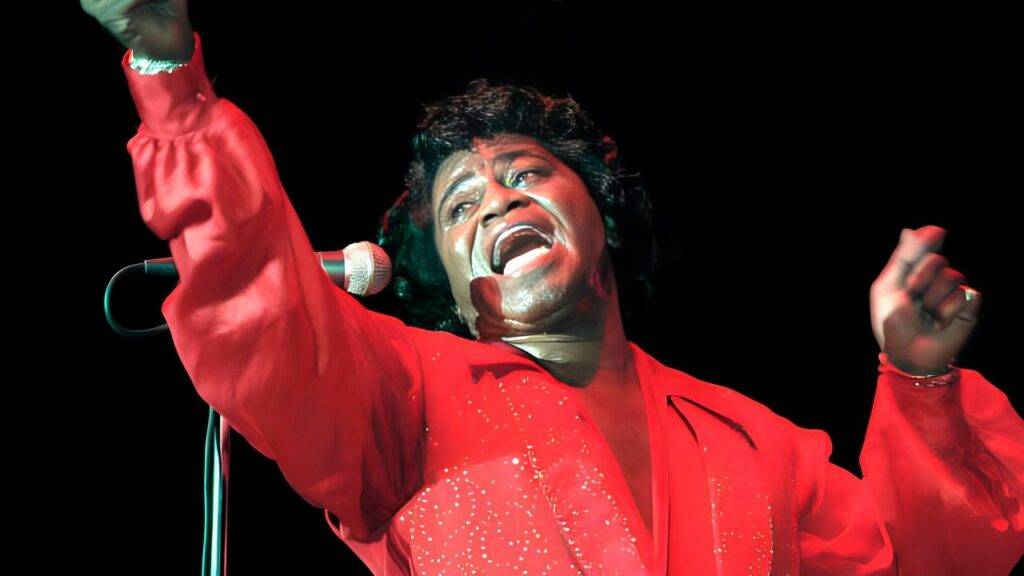James Brown, the legendary American singer, songwriter, dancer, and bandleader, left an indelible mark on the music industry with his innovative sound and electrifying performances. Beyond his musical legacy, questions surrounding James Brown’s net worth have often intrigued fans and enthusiasts alike. Let’s delve into the financial journey of the iconic “Godfather of Soul.”

James Brown Net Worth 2024
James Brown’s net worth at the time of his death in 2006 was a staggering $100 million. His influence transcended mere numbers, as he was not only a musical powerhouse but also a cultural icon. Often referred to as the “Godfather of Soul,” Brown’s impact on music and entertainment was profound and enduring.
James Brown’s Net Worth at Time of Death
James Brown’s net worth at the time of his death in 2006 stood at an impressive $100 million, reflecting not only his musical prowess but also his astute financial planning. As the “Godfather of Soul,” Brown’s influence reverberates through the annals of music history, leaving an enduring legacy that transcends generations.
Through strategic financial management, including the utilization of termination rights, his heirs continue to reap the rewards of his unparalleled musical legacy, ensuring that the spirit of James Brown lives on in perpetuity.
The Rise of a Musical Icon
James Brown’s journey to musical stardom began in Toccoa, Georgia, where he started as a gospel singer. His breakthrough came in the mid-1950s when he emerged as the lead singer of the Famous Flames, captivating audiences with hit songs like “Please, Please, Please” and “Try Me.”
Pioneering Funk and Social Consciousness
Throughout the 1960s and 1970s, James Brown’s evolution as an artist led to the development of funk music. Hits like “Papa’s Got a Brand New Bag” and “I Got You (I Feel Good)” solidified his status as a pioneer of the genre.
Moreover, his socially conscious songs, such as “Say It Loud – I’m Black and I’m Proud,” resonated deeply with audiences during a period of significant social change.
Enduring Legacy and Posthumous Honors
James Brown’s impact on music extended far beyond his lifetime. With 17 singles reaching No. 1 on the Billboard R&B charts and numerous accolades, including induction into the Rock and Roll Hall of Fame, his legacy remains unparalleled.
Even after his passing, Brown continued to receive recognition, with posthumous inductions into the Rhythm & Blues Music Hall of Fame and the Songwriters Hall of Fame.
Beyond his musical achievements, James Brown’s estate held significant financial assets, notably termination rights. These rights, governed by federal copyright laws, allowed Brown and his heirs to regain control of his works after several decades. This strategic move enabled them to capitalize on licensing and royalties, ensuring a steady stream of income from his music catalog.
In a notable example, Tomi Rae Hynie, with a 1/3 share of termination rights in five of James Brown’s songs, sold them to Warner Chappell Music for $1.9 million in 2015. Today, Brown’s children own 100% of their father’s termination rights, securing their financial future and perpetuating his legacy for generations to come.


